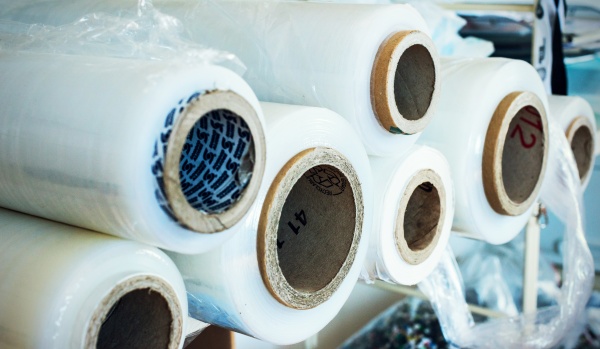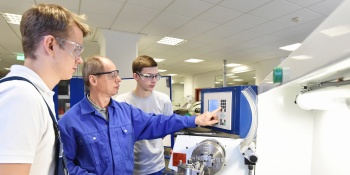
Transparent and flexible materials based on cellulose



Attractive

Biodegradable

Conservation
PROBLEM
Since the 1960s, the electronics industry has been looking for flexible displays and glass substitutes in their products. One of the limitations in using glass is related to the difficulty in preparing flexible / foldable devices, since they suffer fractures easily. As an alternative, the use of polymers as substrates for optoelectronic devices makes it possible to obtain lighter, more flexible and portable systems without losing the necessary transparency and resistance. Most of the polymers used today are synthetic or petroleum derivatives, and require several additional treatments to generate an ideal substrate and, in most cases, are neither biocompatible nor biodegradable. Currently, there is a great demand for the search for "green" electronic components, that is, from renewable sources with high recyclability potential.
SOLUTION
Materials with high degree of transparency, flexibility and biocompatibility, obtained from renewable organic matrix and inorganic components. The technology has benefits such as: Transparency from 80 to 90% (550nm); Flexibility; Biodegradable (reduces environmental impact); biocompatible (can be used in medical applications); Membrane construction "layer by layer"; Resistant to temperatures of 30 - 250ºC (loss of 20% of mass); Low diffusion of O2 (28mL / m² / day); Mechanical strength (maximum tension 116MPa, elongation 2.5%)

Idea

Laboratory

Prototype

Scheduling

Market







